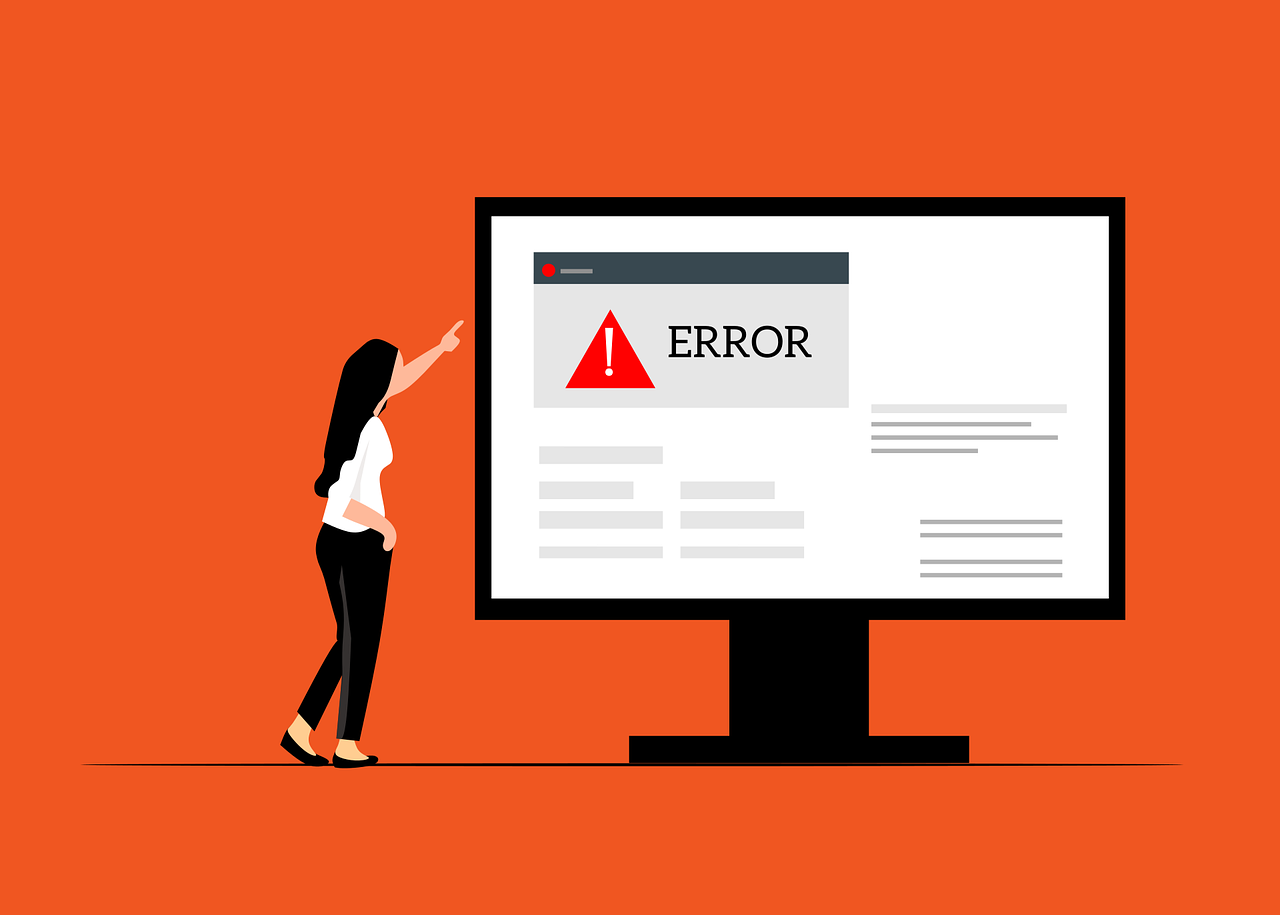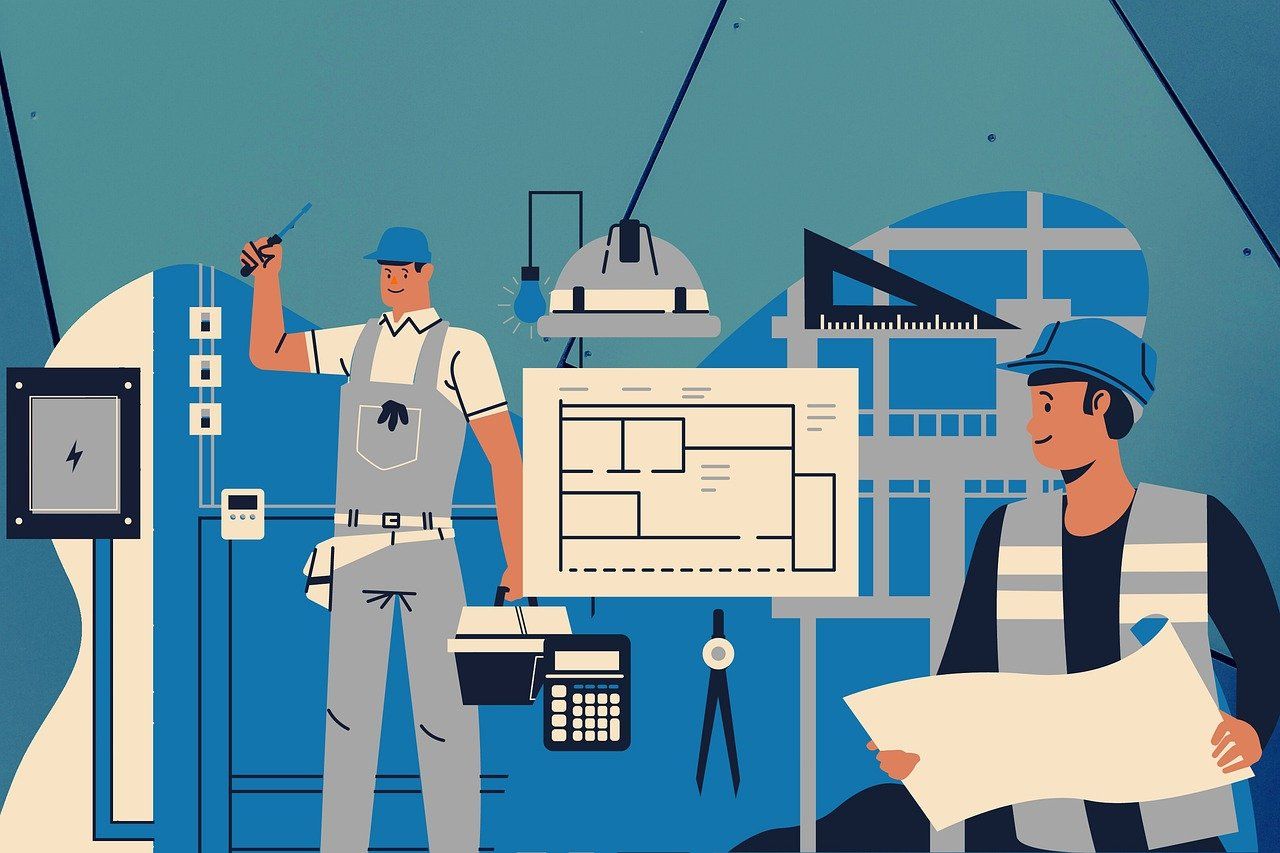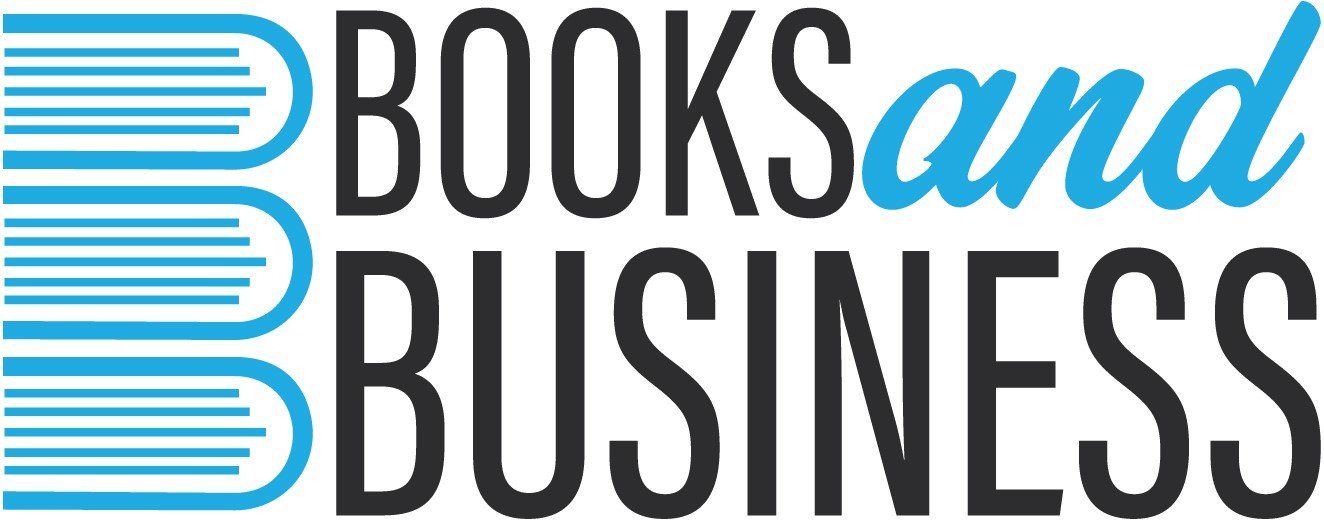Making Tax Digital for ITSA delayed!!
April 2026 and April 2027 for MTD ITSA
There has been many suggestions that MTD for ITSA would need to be delayed and it is now official, yesterday the 2 year delay was announced by the Government. MTD for ITSA will apply from April 2026 instead of April 2024.
This means certain self-employed individuals as well as landlords will have extra time to get on board with the new digital way of doing things for their income tax and self-assessment. But not only has the date been pushed back, but the income reporting threshold has also been increased. MTD for ITSA will now apply to those earning over £50,000, these self-employed and landlords will be required to use MTD compatible software on or before April 2026. However, if you earn between £30,000 - £50,000 you have an additional year and will need to join MTD by April 2027. Those earning under £30,000 is under review and we will report on this as soon as any further information is released by HMRC.
The Government and professionals have recognised that self-employed and landlords are currently facing testing times and do not need the added pressures of a new tax system. Even though the new way is more efficient and cost effective in the long run it has been decided people need longer to get prepared for MTD if they need.
Read our MTD for ITSA page to understand more about MTD for ITSA here
We are still suggesting you get on board with MTD for ITSA when it most suits you, but sooner rather than later as the longer you have to get used to the systems and new ways of doing things the less time and effort you will spend on your tax return in the future.
MTD for VAT is already in place, you can read our webpage here for more information
As always if you would like a bespoke quote or friendly chat about MTD please get in touch




